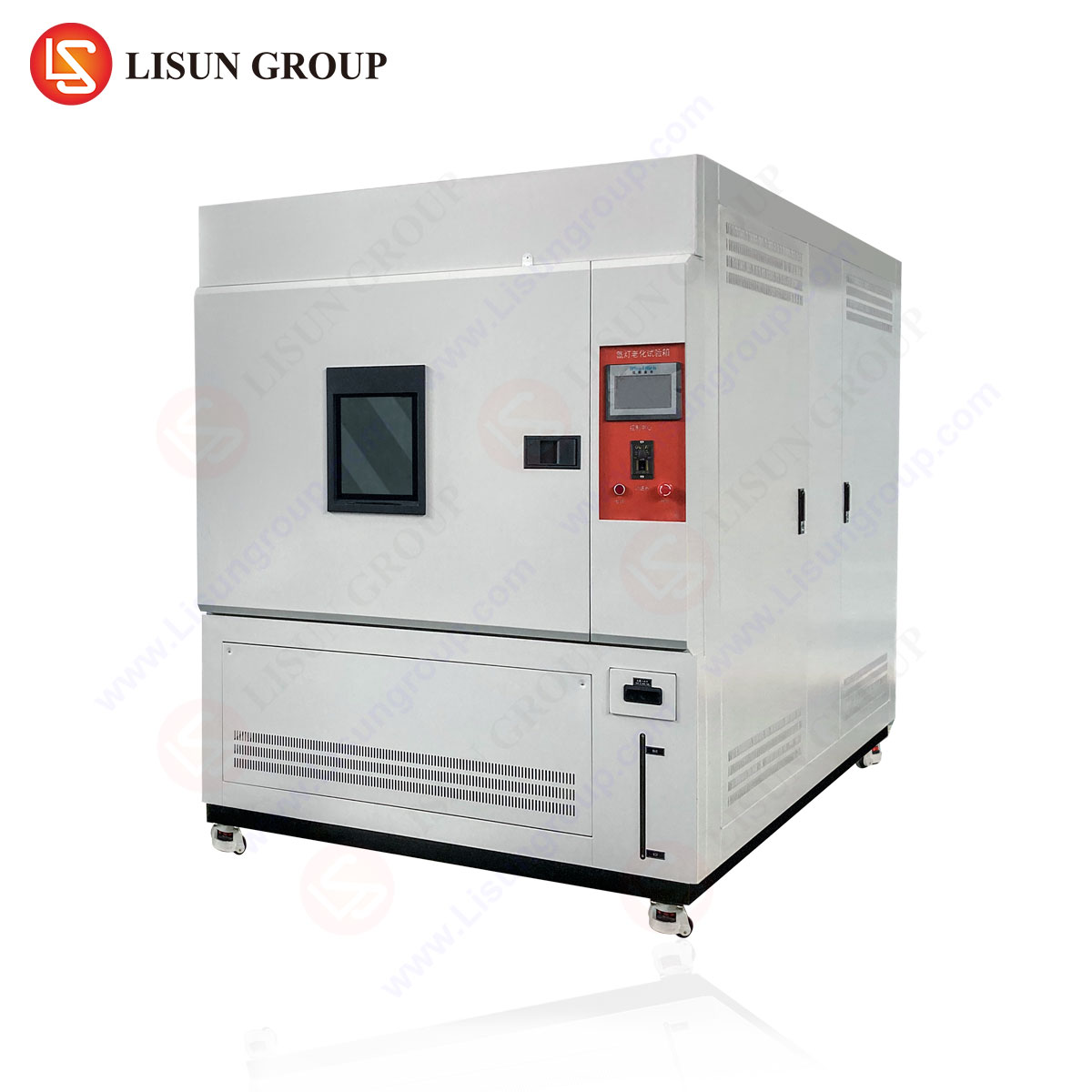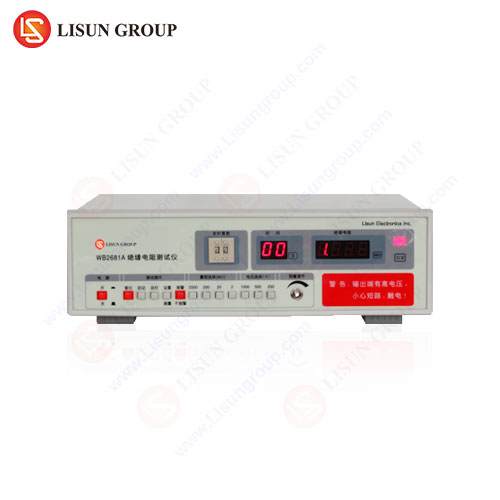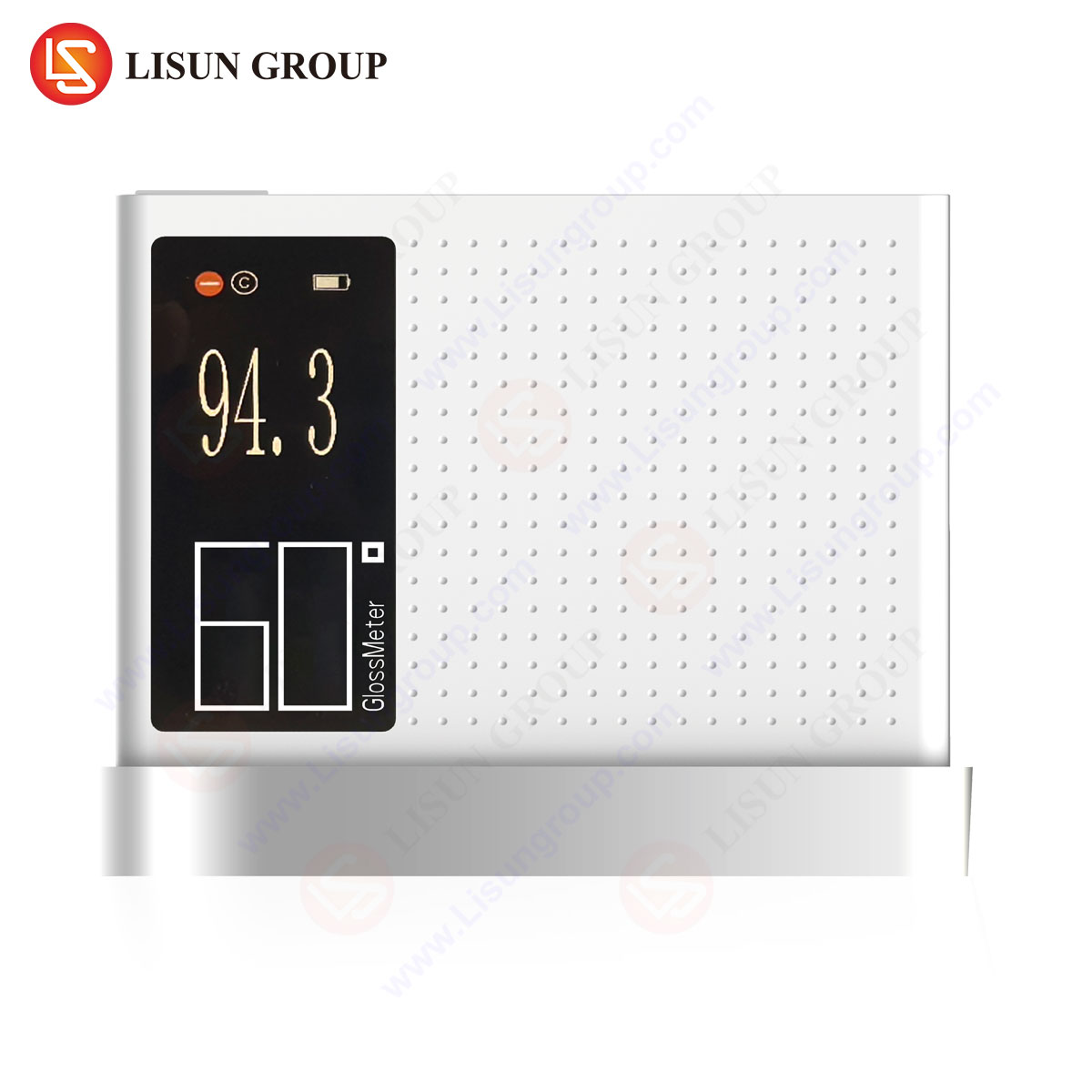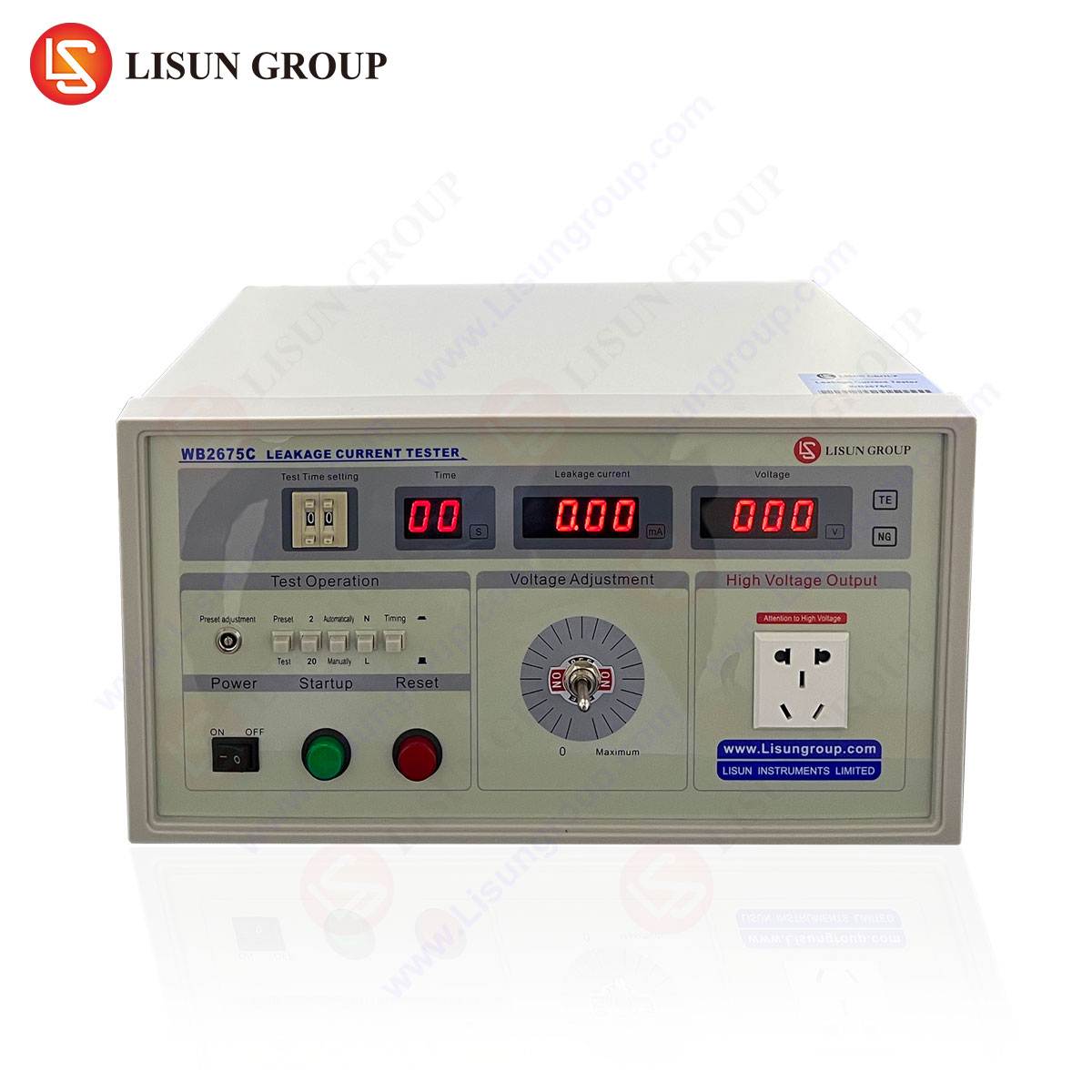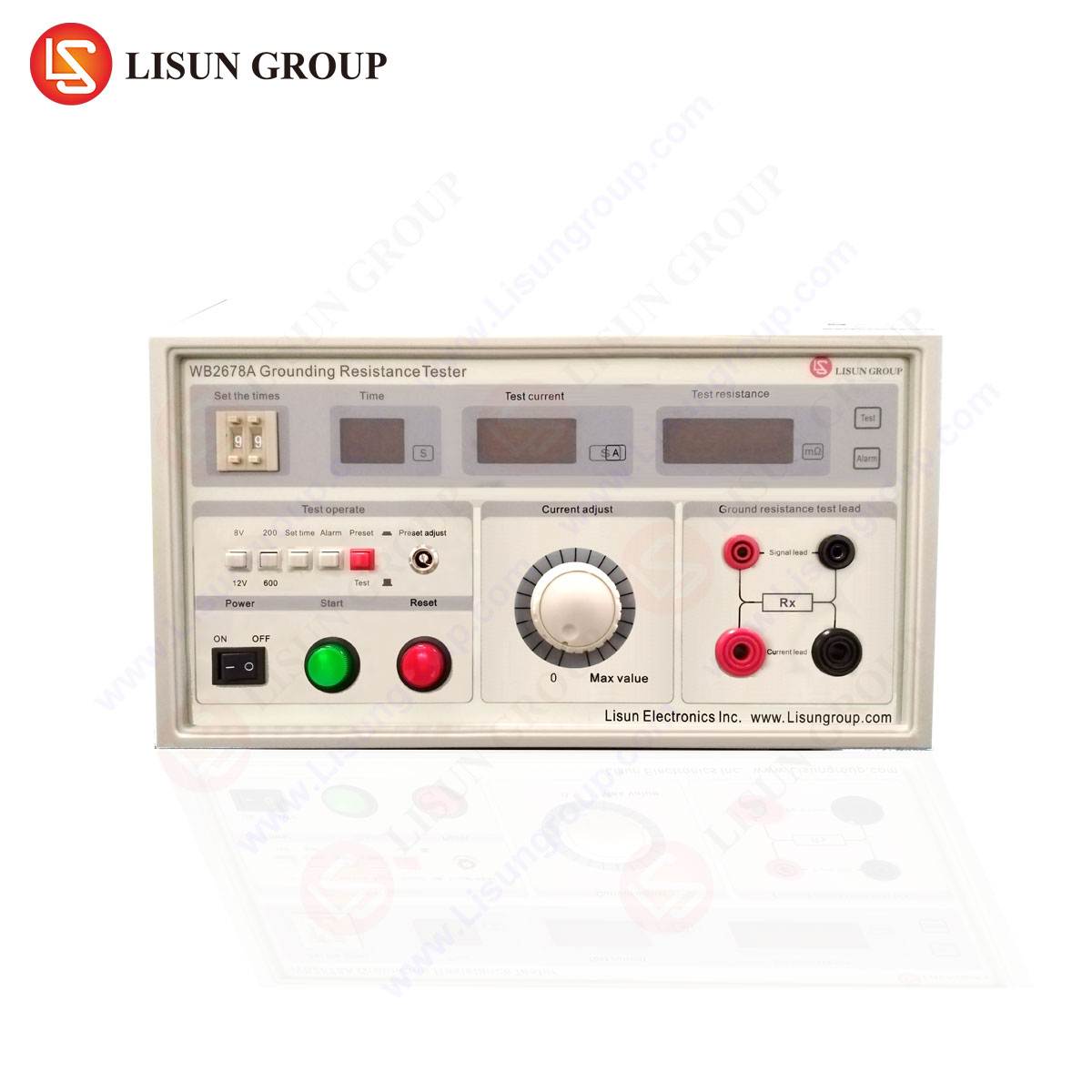Introduction to ROHS Compliance and Regulatory Framework
The Restriction of Hazardous Substances (RoHS) Directive (2011/65/EU) imposes strict limitations on the use of hazardous materials in electrical and electronic equipment (EEE). Compliance ensures products meet permissible thresholds for lead (Pb), cadmium (Cd), mercury (Hg), hexavalent chromium (Cr(VI)), polybrominated biphenyls (PBB), and polybrominated diphenyl ethers (PBDE). Testing methodologies must adhere to IEC 62321 and EN 50581 standards, employing analytical techniques such as X-ray fluorescence (XRF) spectroscopy, inductively coupled plasma (ICP), and gas chromatography-mass spectrometry (GC-MS).
This guide outlines the systematic approach to RoHS compliance testing, emphasizing the role of advanced instrumentation, including the ليسون EDX-2A Energy Dispersive X-ray Fluorescence Spectrometer, in achieving precise material analysis.
Fundamentals of XRF Spectroscopy in ROHS Testing
X-ray fluorescence (XRF) spectroscopy serves as a non-destructive, high-throughput method for elemental analysis, detecting restricted substances in solid, liquid, and powdered samples. The technique operates on the principle of atomic excitation: primary X-rays eject inner-shell electrons, generating characteristic secondary X-rays that identify elemental composition.
إن LISUN EDX-2A utilizes a high-resolution silicon drift detector (SDD) with an energy resolution ≤125 eV, enabling detection limits as low as 1 ppm for cadmium and 2 ppm for lead. Its 50 kV/200 μA X-ray tube ensures optimal penetration depth for heterogeneous materials, including polymers, metals, and composite substrates.
Comparative Analysis of ROHS Testing Techniques
While wet chemistry methods (e.g., ICP-OES, GC-MS) provide high sensitivity, they require sample digestion, increasing time and cost. XRF offers rapid screening with minimal sample preparation, making it ideal for supply chain quality control. The EDX-2A distinguishes itself through:
- Multi-element detection (simultaneous analysis of Pb, Cd, Hg, Cr, Br)
- Large sample chamber (accommodating components up to 300 mm in diameter)
- Automated calibration (reducing operator-dependent errors)
A comparative study of testing methods is summarized below:
| Method | Detection Limit | Sample Prep | Analysis Time |
|---|---|---|---|
| XRF (EDX-2A) | 1–5 ppm | الحد الأدنى | 30–60 sec |
| ICP-MS | 0.1–1 ppb | Extensive | 2–4 hours |
| GC-MS | 0.01–0.1 ppm | Complex | 3–6 hours |
Industry-Specific Applications of ROHS Compliance Testing
Automotive Electronics
Modern vehicles integrate numerous electronic control units (ECUs), sensors, and wiring harnesses subject to RoHS. The EDX-2A efficiently screens solder alloys, connectors, and coatings for lead and cadmium contamination.
Medical Devices
Implantable and diagnostic equipment must comply with RoHS due to biocompatibility requirements. XRF ensures trace metal analysis in stainless steel housings and polymer casings without compromising sterility.
Lighting Fixtures
LED drivers and fluorescent lamp ballasts often contain restricted brominated flame retardants. The EDX-2A identifies PBDE concentrations in thermoplastic components with 99% repeatability.
Operational Workflow for ROHS Testing Using the EDX-2A
- Sample Preparation – Clean surfaces to remove oxides or contaminants. Homogenize powdered materials for consistent readings.
- Calibration – Utilize certified reference materials (CRMs) to align the spectrometer with IEC 62321 thresholds.
- Measurement – Position the sample in the chamber, select the appropriate excitation voltage (e.g., 15 kV for Br, 40 kV for Pb), and initiate analysis.
- Data Interpretation – Software algorithms deconvolute spectral overlaps (e.g., Sb and Sn interference) to report accurate concentrations.
Advantages of the LISUN EDX-2A in High-Volume Manufacturing
- Throughput Optimization – Batch testing of 50+ components per hour reduces bottlenecks in production lines.
- Regulatory Reporting – Integrated software generates compliance certificates aligned with EU and China RoHS (GB/T 26125).
- Adaptability – Configurable filters enhance sensitivity for low-Z elements (e.g., Cl in PVC cables).
Mitigating Common Challenges in ROHS Testing
- Matrix Effects – Heterogeneous materials (e.g., fiberglass-reinforced plastics) may require multiple measurements. The EDX-2A’s collimator minimizes scatter.
- False Positives – Spectral overlaps (e.g., Ba and Ti) are resolved via advanced peak-fitting algorithms.
- Surface Contamination – Pre-test cleaning protocols eliminate false cadmium detections from plating residues.
Case Study: ROHS Enforcement in Consumer Electronics
A multinational electronics manufacturer implemented the EDX-2A to audit 10,000+ printed circuit boards (PCBs) monthly. The system detected 0.8% non-compliant units with Pb exceeding 1,000 ppm, enabling corrective action before regulatory penalties.
Future Trends in ROHS Compliance Monitoring
Emerging regulations (e.g., RoHS 3.0) may expand restrictions to include phthalates and beryllium. The EDX-2A’s firmware-upgradable design ensures adaptability to evolving standards.
قسم الأسئلة الشائعة
Q1: Can the EDX-2A analyze liquid samples for ROHS compliance?
Yes, with specialized liquid holders, the spectrometer can test oils, solvents, and coatings.
Q2: How does the EDX-2A compare to benchtop XRF systems?
It offers comparable accuracy at a lower cost, with portability for on-site inspections.
Q3: What maintenance is required for the EDX-2A?
Monthly calibration checks and X-ray tube lifespan monitoring (typically 5–8 years).
Q4: Is the EDX-2A compliant with ISO 3497 standards?
Yes, it meets ISO 3497 for coating thickness analysis, useful in automotive and aerospace applications.
Q5: Can it detect RoHS substances in recycled plastics?
Absolutely, its high sensitivity identifies trace additives in post-consumer resin (PCR) materials.


